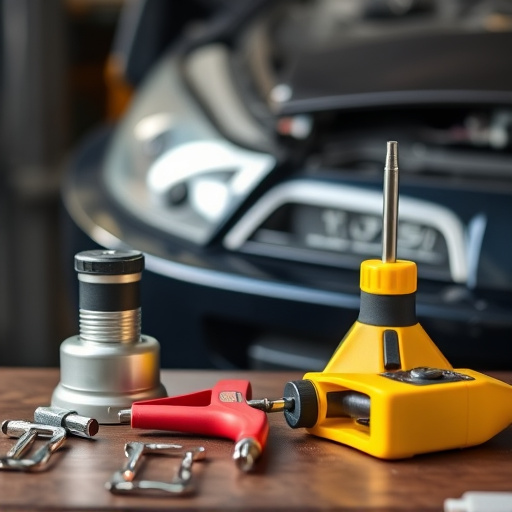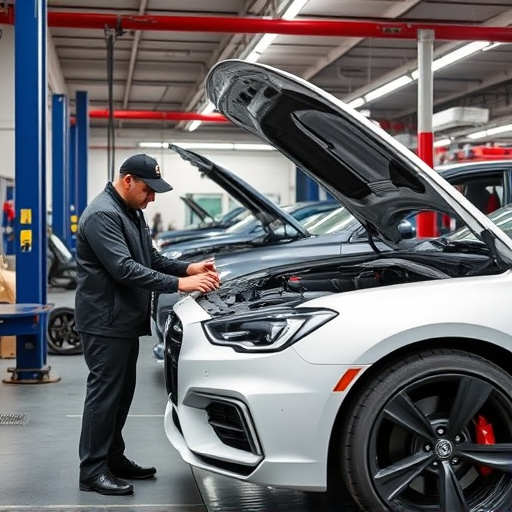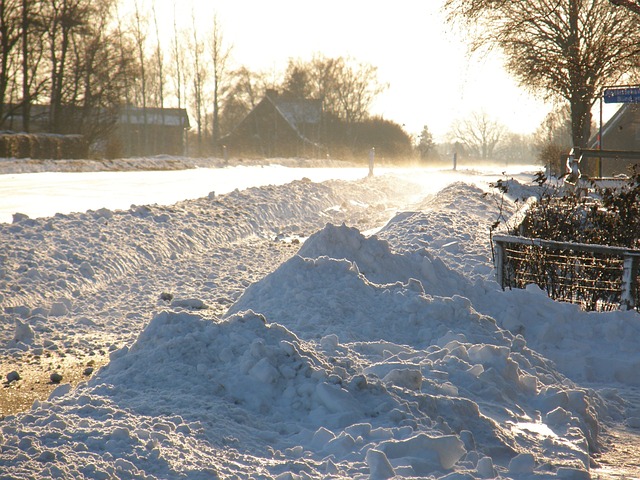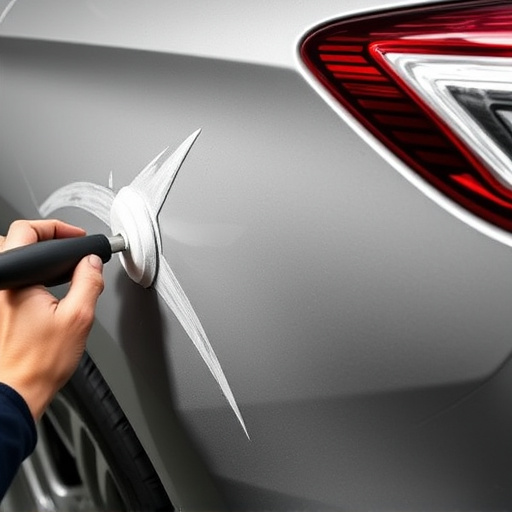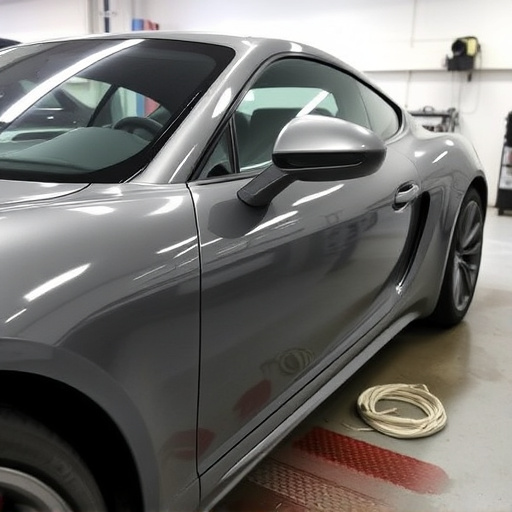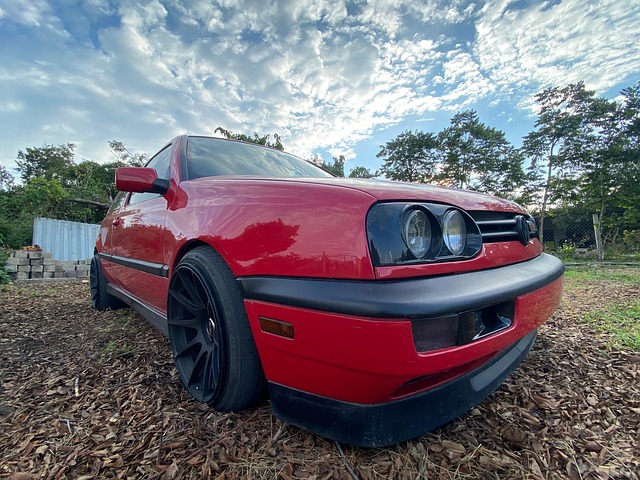Weather conditions significantly impact accident repair estimates, affecting part availability and repair techniques. Extreme humidity, winters, and seasonal changes disrupt processes like paint jobs and frame straightening, leading to longer lead times and increased costs. Climate change further complicates these factors, causing more frequent severe weather events and straining resources, making accurate accident repair estimates year-round challenging. Seasonal trends also affect part availability, influencing costs for services like tire services and vehicle paint repairs.
“Unpredictable weather patterns and shifting seasonal trends significantly impact the automotive industry, particularly in accident repair. This article delves into the intricate relationship between seasonal factors and accident repair costs. From the varying demands of each season on parts availability to the long-term effects of climate change, these influences can greatly affect repair estimates. Understanding these dynamics is crucial for both repair shops and policyholders, offering insights that foster better planning and cost management in post-accident repairs.”
- Weather's Impact on Accident Repair Costs
- Seasonal Demand and Parts Availability
- Climate Change: Long-term Effects on Estimates
Weather's Impact on Accident Repair Costs
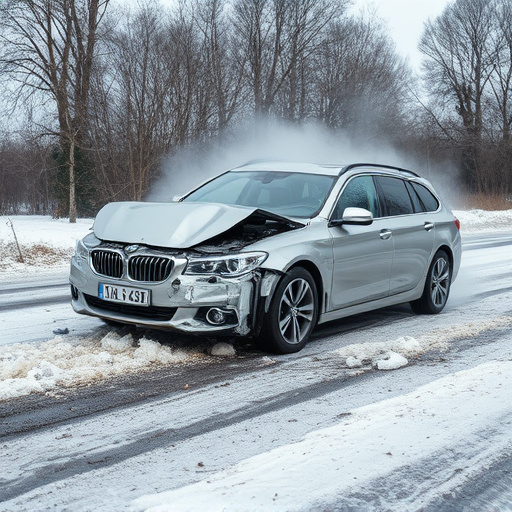
The weather plays a significant role in shaping accident repair estimates, adding another layer of complexity to an already intricate process. During extreme weather conditions, such as heavy storms or intense heatwaves, auto body shops often face increased operational costs. For instance, extreme humidity levels can impact the quality and speed of paint jobs, necessitating additional time and resources for proper drying and curing. Similarly, harsh winters may require shops to invest in specialized equipment to handle frozen fluids and damaged windshields, driving up maintenance expenses.
These weather-related challenges extend beyond operational costs. The availability of parts also takes a hit during seasonal extremes. For instance, classic car restoration enthusiasts might face longer lead times for specialized parts, especially during peak seasons when demand surges. Additionally, frame straightening processes, crucial for restoring vehicles to their pre-accident condition, may be affected by weather conditions that can alter metal properties, requiring adjustments in techniques and tools used in auto body repairs.
Seasonal Demand and Parts Availability
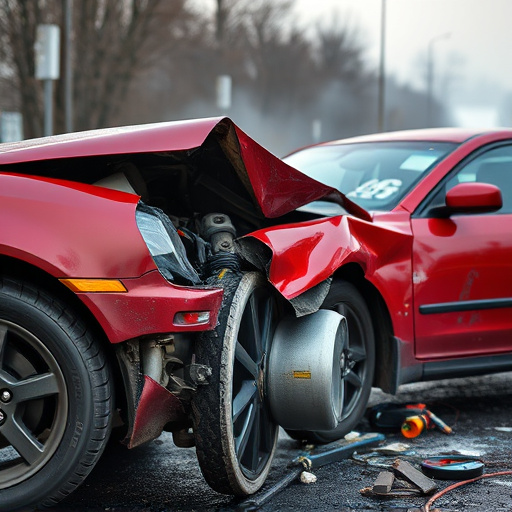
The changing seasons bring about a noticeable shift in the demand for accident repair services and the availability of parts. During peak seasons, such as summer or winter, there is often an increase in vehicle accidents due to varying weather conditions like heavy rain, snow, or extreme heat. This surge in incidents can lead to longer wait times and higher estimates for auto repair near me, as both mechanics and specialized parts may be in high demand. For instance, tire services become more crucial during winter, causing a temporary shortage of certain tire types, which can impact overall vehicle repair costs.
Similarly, seasonal trends can influence the availability of replacement parts needed for complex repairs. Vehicle paint repair, for example, might require specific colors and finishes that are more readily available during the warmer months when outdoor production lines are operational. Conversely, in colder seasons, parts manufacturers may focus on indoor operations, potentially leading to delays in obtaining unique or hard-to-find components required for precise accident repair estimates.
Climate Change: Long-term Effects on Estimates
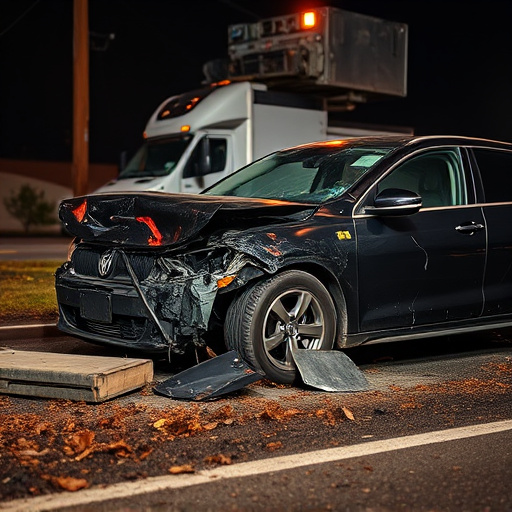
Climate change is a significant long-term factor that impacts accident repair estimates. As global temperatures rise, extreme weather events become more frequent and severe, leading to an increase in traffic accidents. These events can cause substantial damage to vehicles, from minor dents and scratches to severe car body restoration needs. The rising frequency of such incidents puts a strain on collision repair shops, potentially affecting the availability of resources and labor, which, in turn, could influence the estimates for accident repair.
Additionally, climate change brings about shifts in seasonal patterns, with warmer seasons potentially leading to more accidents due to increased road congestion and altered driving behaviors. This trend may require adaptation in how collision repair shops plan their operations and set their pricing. As a result, car dent removal and other repair services might experience fluctuations in demand and cost throughout the year, further complicating accurate accident repair estimates.
Understanding how seasonal factors influence accident repair estimates is vital for both insurers and policyholders. From weather’s direct impact on costs to seasonal demand fluctuations and the far-reaching effects of climate change, these elements significantly shape the process of auto body repairs. By considering these dynamics, stakeholders can better prepare for budget allocation, parts sourcing, and efficient service delivery during varying times of the year.




